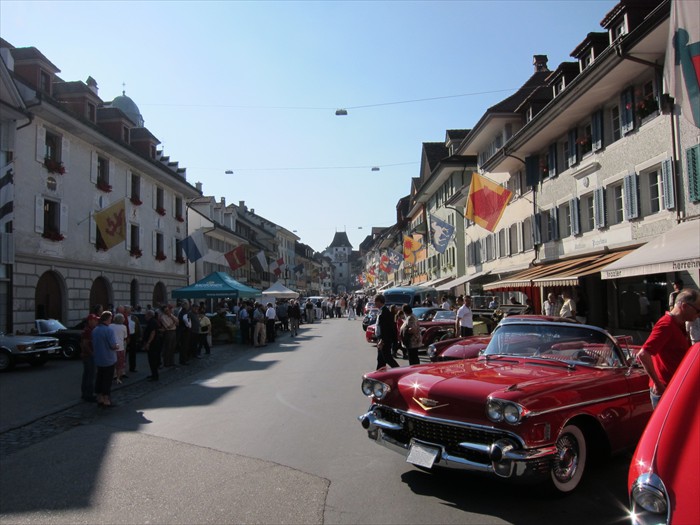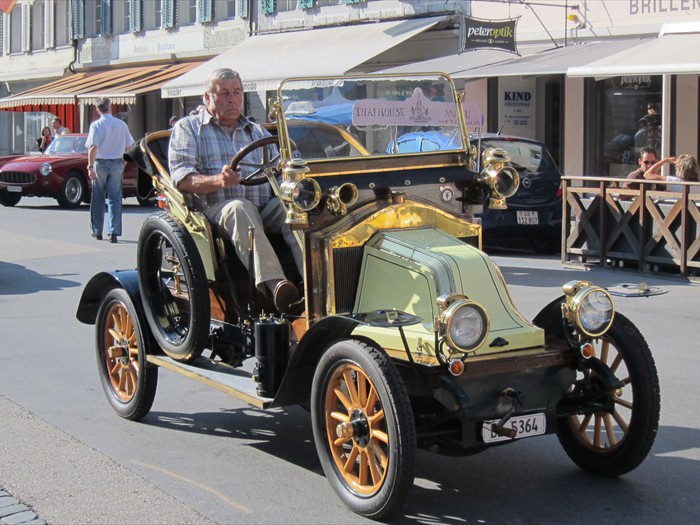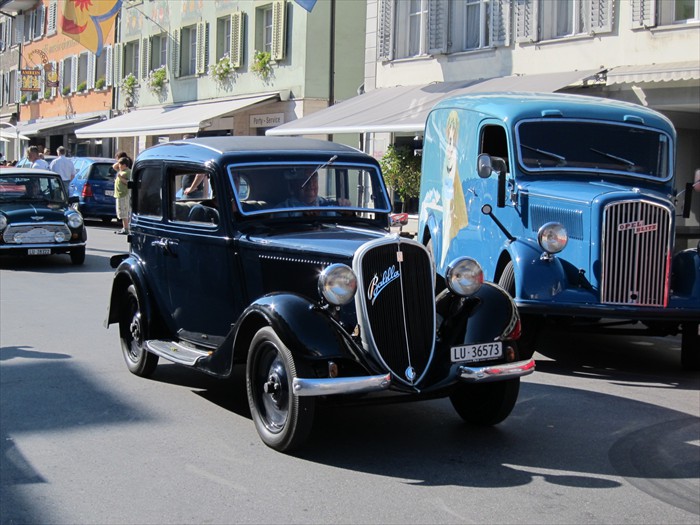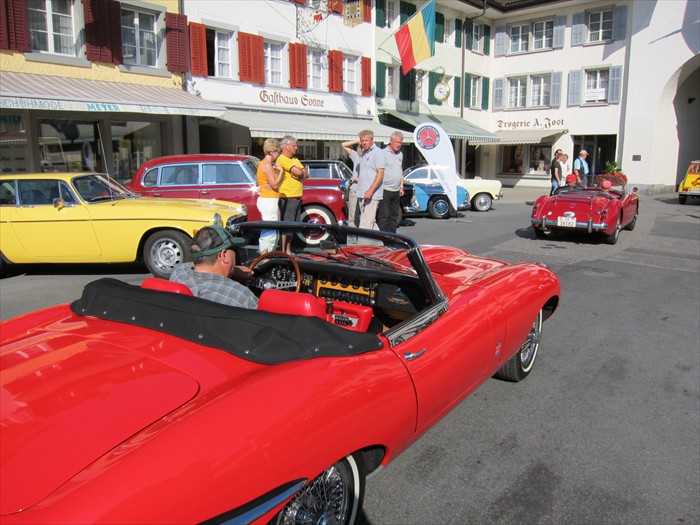The day begins with a short but vigorous climb.
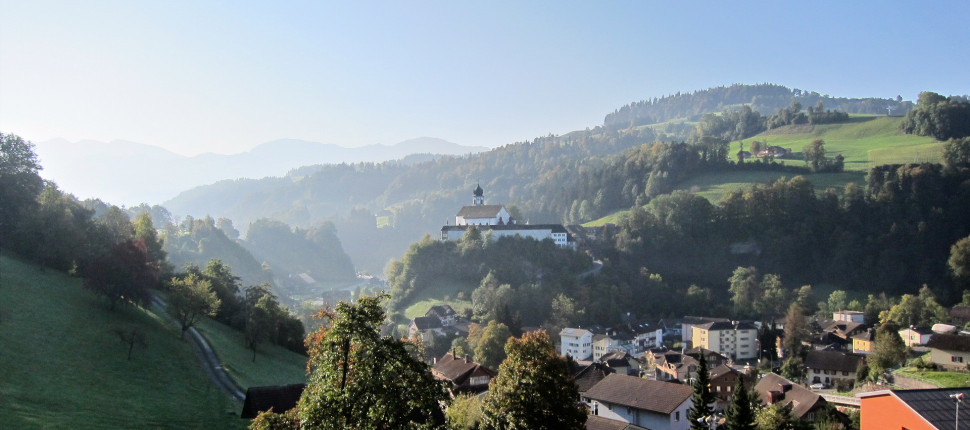
We are soon rewarded for this with a magnificent view back to Werthenstein Monastery.

At the top of the hill we walk past magnificent farmhouses.

In the slightly hilly terrain we make a pilgrimage towards Buholz.

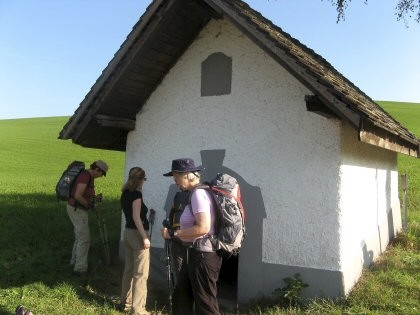
Before Buholz we come to this small chapel. It is the country court chapel (Landsgerichtskapelle).
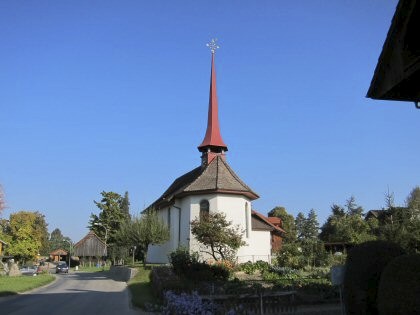
The chapel with the pointed roof in Buholz is dedicated to Saints Gallus and Erasmus. It dates from the year 1663.

There are three altars in the very beautiful interior. The right one is dedicated to St. Gallus. On the main altar we see an image of St. Erasmus..
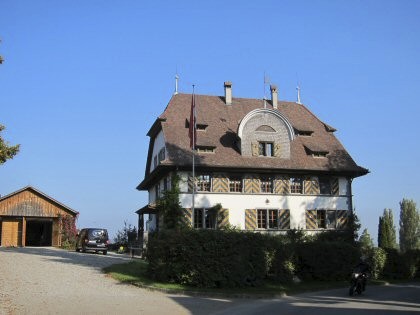
In front of this pretty house in Buholz, we turn left in the direction of Geiss..

The pilgrimage route to Geiss leads over the Galgenberg. A memorial stone commemorates the place of execution.
The board says: "Place of execution abolished 1798"

From the northern slope of the Galgenberg (Gallows Mountain) you have a beautiful view of Lake Soppi.
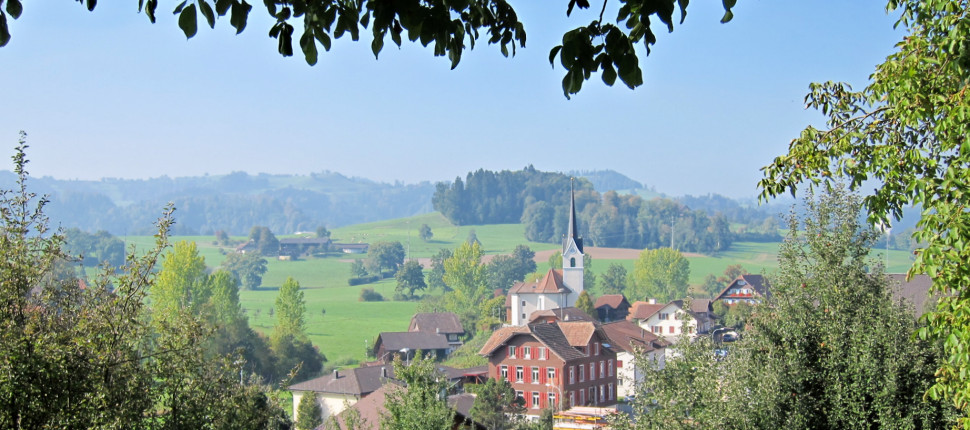
Then Geiss lies before us with its church.
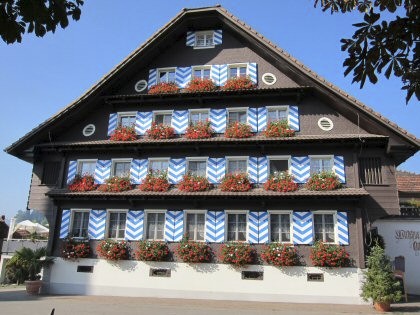
The inn "Ochsen" (Ox) near the church of Geiss with its blue and white shutters fascinated us.
There is no doubt that the inn is very old. In a dispute in 1523, the innkeeper of the Ochsen is mentioned.

In the Middle Ages, Geiss belonged to the Lords of Wolhusen. The place of jurisdiction was in Buholz.
Thanks to its convenient location, the village gained income and prestige. A magnificent parish church was built, which was dedicated to St. Jacob the Elder. The village was granted market rights and even had a lower court.
Around 1650, the village was repeatedly plunged into the turmoil of the Peasants' War. The anger of the rural population against the townspeople and their customs policy, the devaluation of money and the increase in bridge tolls also manifested itself in Geiss and the population gave expression to their discontent.
With the decline in the flow of pilgrims, the additional source of income for the rural population gradually dried up and the village of Geiss became more and more a sedate farming village. The agricultural yield was increased during the Second World War by draining the Geisser Moos and extracting peat..
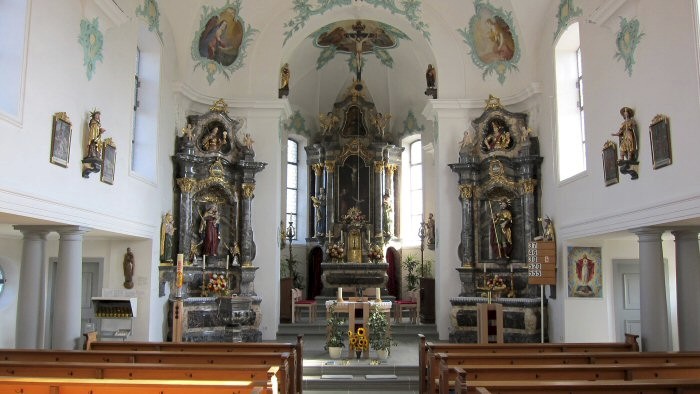
View into the interior of the church. Our pilgrim saint James stands at the right altar. He is also present as a statue on the right wall..

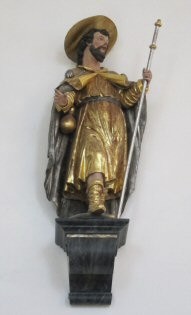
St. James
St. Anthony the Great (Säuli-Toni)

We hike on back roads
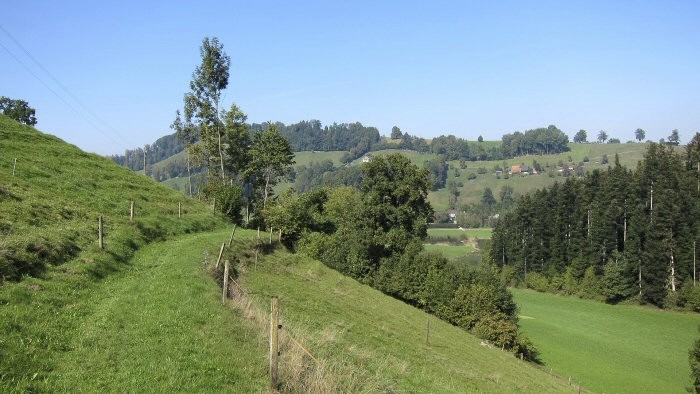
From Geiss, the route goes via Studweid and Schwandberg to Willisau. Again and again there is another small hill and then another one to tackle.

We reach the valley floor of Willisau, where we pass this pretty farmhouse. Along a small river we come to the railway station and into the town centre for a well-deserved stage beer.
Cheers, hustle and bustle and vintage cars dominate the main street of Willisau.


